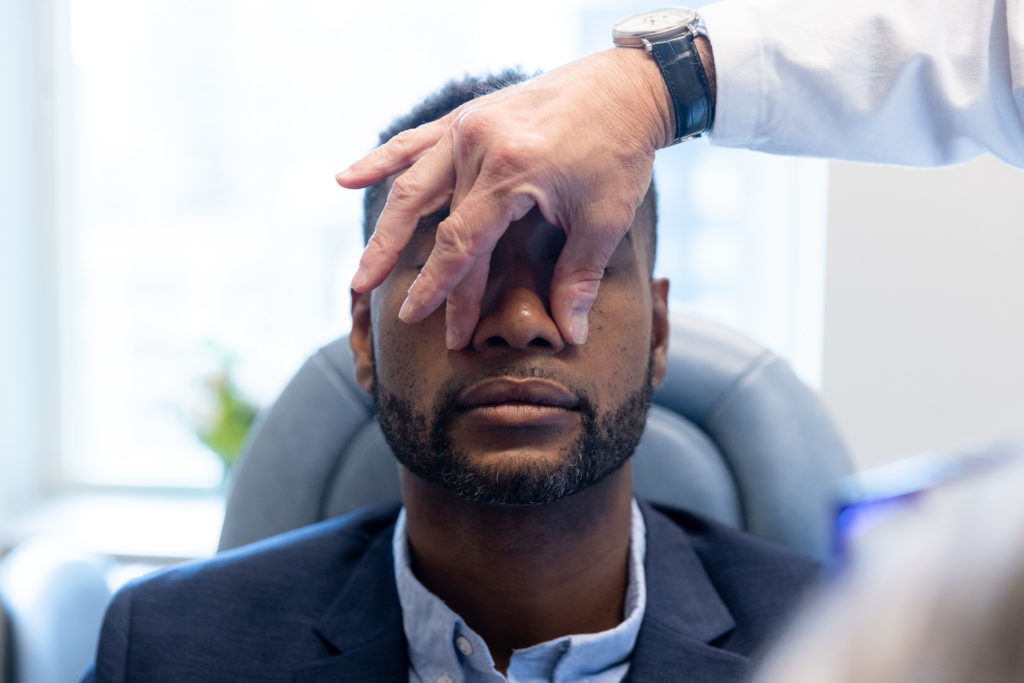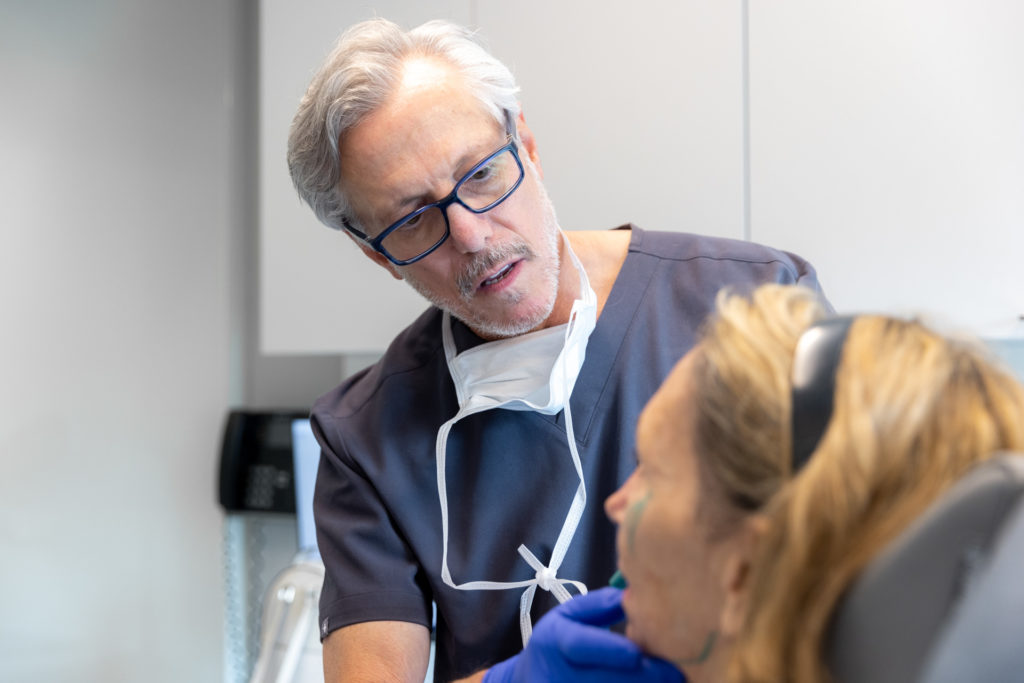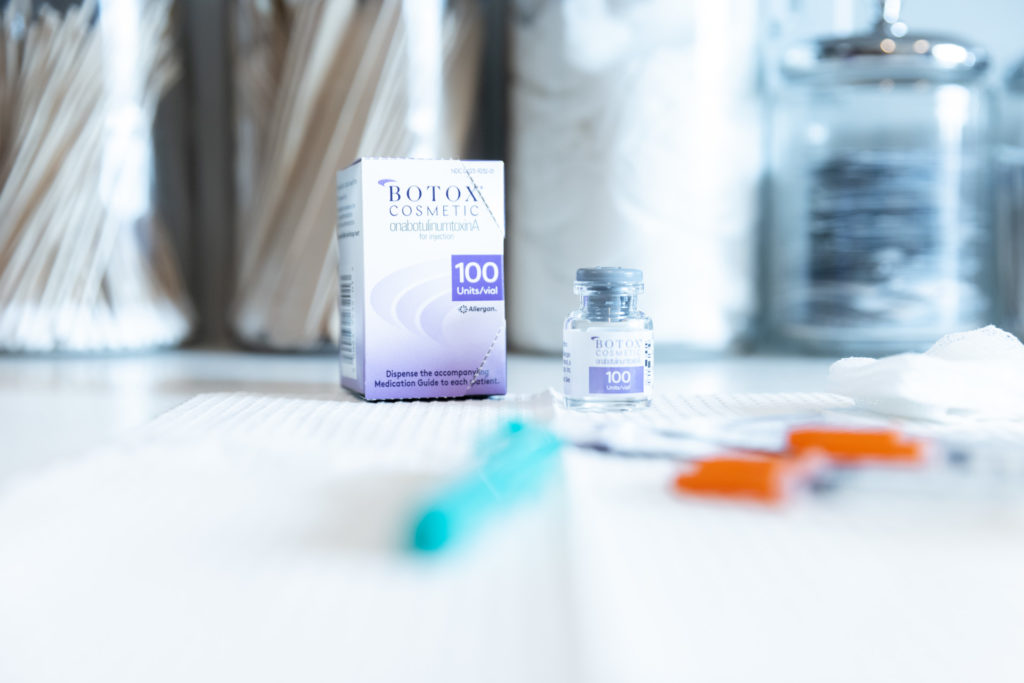
Facial asymmetry, it’s more common than you think
As a facial plastic surgeon, people are coming in for facial analysis for treatment of their noses, faces, chins etc. Most people have at least minor facial asymmetry. One eye and/or corner of the mouth is higher. Very often someone comments that their faces look more crooked in photos than in real life. Therefore the “outside world” must see them as being much more crooked than they really are. Some people actually avoid having photos taken or insist on a photo from their “good side.” Why is that?
We are much more used to the way we look in the mirror. You look in the mirror many times a day; brushing your teeth, coming your hair, putting on makeup or aftershave. We rarely look at our faces up close in photos, except when confronted with a picture.
So for patients with asymmetric faces or noses, the first thing I do is use the reverse mirror image tool my computer to show what they normally see. Toggling back and forth helps to demonstrate that they might not be as asymmetric as they think. I can also compare ¾ views since we rarely see a true profile or ourselves in mirrors or photos. If a spouse or parent is present for the consultation, they are surprised at the mirror image and comment that what the patient sees in the mirror appears more crooked than in real life’, since they are more used to the photographic image.
As for treatment, they range from simple to complex. For minor facial asymmetries, facial fillers are great. I just use more on one side of the face. Facial implants can be also used, either by carving stock implants to fit the asymmetry or computer generated custom facial implants. Custom implants are created from a model constructed using a 3-D CT scan. Implantech has this amazing technology and is very helpful when it comes to custom facial implants.
As for noses, the tip of the nose, even if crooked, often points down the center of the upper lip. Whatever trauma caused their nose to become that way created an impact in the center of the nose creating a “C” or “S” shape but the tip ends up down the center.
For crooked noses, that is one of the reasons why I might choose to use an open approach for rhinoplasty instead of an intra-nasal, or closed, rhinoplasty. My preferences and indications for closed vs. open rhinoplasty was discussed in an earlier blog.
Facial asymmetry is more common than you think. Facial analysis and treatment with the advent of computer and 3-D imaging is a great tool to both point this out and plan treatment. Steven J. Pearlman, MD, FACS




